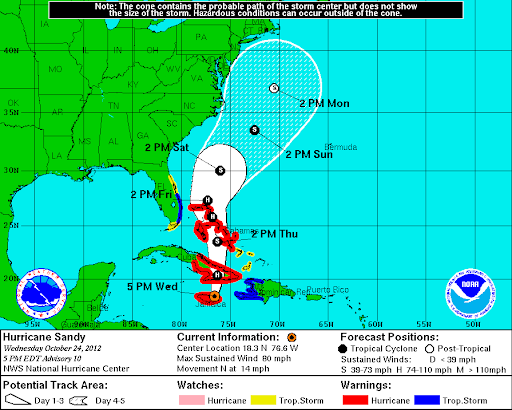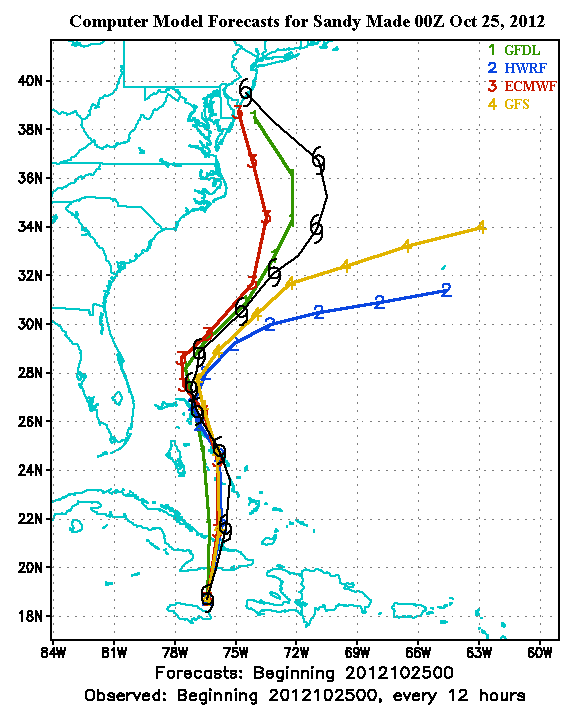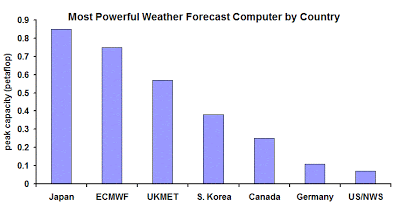The demand for computational speed
Contents
The demand for computational speed#
1. How do we measure speed in computation?#
Floating-Point Operation per Second (FLOPS)
Count number of floating-point calculations (arithmetic operations) per second.
Not MIPS (millions of instructions per second) as MIPS also count non-arithmetic operations such as data movement or condition.
\(FLOPS = sockets \times \frac{cores}{socket} \times \frac{cycles}{second} \times \frac{FLOPS}{cycle}\)
MFLOPS (megaFLOPS) = 1,000,000 FLOPS
GGLOPS (gigaFLOPS) = 1,000,000,000 FLOPS
Modern measurement of speed
TFLOPS (teraFLOPS) = 1,000,000,000,000 FLOPS
Intel’s ASCI Red for Sandia National Laboratory (DOE) was the first supercomputer in the world to achieve 1 TFLOPS in 1997.
ASCI Red is used for large-scale simulation in nuclear weapon development and material analysis.
PFLOPS (petaFLOPS) = 1,000,000,000,000,000 FLOPS
IBM RoadRunner for Los Alamos National Laboratory (DOE) was the first supercomputer to achieve 1 PFLOPS in 2008.
Second faster supercomputer (June 2022) is Supercomputer Fugaku (Japan, RIKEN Center)
442.01 PFLOPS.
EFLOPS (exaFLOPS) = 1,000,000,000,000,000,000 FLOPS
Frontiner is the first supercomputer (Oak Ridge National Lab) to surpass this milestone.
1.102 EFLOPS (1102 PFLOPS)
Aurora (> 2 EFLOPS, end of 2022, Argonne National Lab)
El Capitan (> 2 EFLOPS, 2023, Lawrence Livermore National Lab)
China Exascale Supercomputers (in operation)
Not opened to public/no participation in Top500
TaihuLight: 1.05 EFLOPS
Tianhe-3: 1.3 EFLOPS
Subsequent update to Fugaku (first Japan Exascale computer, 2021, RIKEN Center for Computational Science)
Europe, India, Taiwan on track
The bragging list (The TOP500 Project)
List the 500 most powerful computers in the world.
Count FLOPS by having supercomputer runs well-known computationally intensive tasks
Solve Ax=b, dense random matrix problem.
Primarily dense matrix-matrix multiplications.
Updated twice a year:
International Supercomputing conference (June, Germany)
Supercomputing conference (November, US).
Website: http://www.top500.org
2. Why do we need this much speed?#
The four modern paradigms of science
Theory
Experiment
Simulation
study things that are too big, too small, too fast, too slow, too expensive, or too dangerous.
Data analysis
study data that are too big, too complex, too fast (streaming data), too noisy.
Faster computer gives more details
Hurricane Sandy (2012)
the deadliest and most destructive, as well as the strongest hurricane of the 2012 Atlantic hurricane season,
the second-costliest hurricane on record in the United States (nearly $70 billion in damage in 2012),
affected 24 states, with particularly severe damage in New Jersey and New York,
hit New York City on October 29, flooding streets, tunnels and subway lines and cutting power in and around the city.

Various forecasts of Sandy

Geophysical Fluid Dynamic Laboratory hurricane model (National Oceanic and Atmostpheric Administration)
Hurricane Weather Resaarch and Forecasting model (NOAA/Naval Research Laboratory/Florida State University)
European Centre for Medium Range Weather Forecast model (ECMWF)
Global Forecast Model (National Weather Service)
Which model is closest to reality?
One of the contributing factors
Subsequent catch-up
Two new supercomputers, Luna and Surge
2.89 PFLOPS each for a total of 5.78 PFLOPS (previous generation is only 776 TFLOPS)
Increase water quantity forecast from 4000 locations to 2.7 million locations (700-fold increase in spatial density)
Can track and forecast 8 storms at any given time
44.5 million dollars investment
3. HPC in other areas#
Covid and HPC
US HPC Consortium to contribute to Covid research
Many other work (published in Nature) include supercomputing usages for molecular dynamic simulation/data analysis.
Manufacturing and HPC
For 767 development, Boeing built and tested 77 physical prototypes for wing design.
For 787 development, only 11 prototypes were built.
Optimized via more than 800,000 hours of computer simulation.
Oil and Gas Expoloration improvement with HPC
Los Alamos National Lab
Development of large-scale data analytic techniques to simulate and predict subsurface fluid distribution, temperature, and pressure
This reduces the need for observation wells (has demonstrated commercial success)
Fraud Detection at PayPal
10M+ logins, 13M+ transactions, 300 variables per events
~4B inserts, ~8B selects
MPI-like applications, Lustre Parallel File Systems, Hadoop Saved over $700M in fraudulent transactions during first year of deployment

